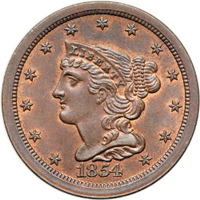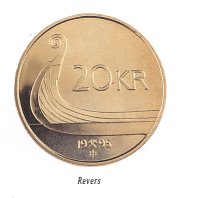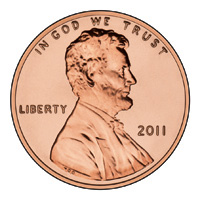

- #Random coin flip how to#
- #Random coin flip generator#
- #Random coin flip trial#
- #Random coin flip simulator#
The built-in Math.random() method can simulate a coin flip in JavaScript. Use Math.random() to Simulate Coin Flip in JavaScript A CSS-based visual coin flip is also included.
#Random coin flip how to#
This tutorial will demonstrate how to use JavaScript and HTML to make a coin flip simulator.
#Random coin flip simulator#

# Initialize random numbers: random_numbers It is not necessary to label the axes in this case because we are just checking the random number generator. Write a for loop to draw 100,000 random numbers using np.random.random(), storing them in the random_numbers array.Make sure you use np.empty(100000) to do this. Initialize an empty array, random_numbers, of 100,000 entries to store the random numbers.
#Random coin flip generator#
#Random coin flip trial#
If a given trial had four heads, we would increase the count. We then do repeat 10,000 repeats of the four-flip trials. In the following example, we want to know the probability of getting four heads if we were to repeat the four flips of the coin over and over again. heads = random_numbers < 0.5Īrray(, dtype=bool)įinally, you can compute the number of heads by summing the array of booleans heads, because in numerical context, Python treats True as one and False as zero. You can show this explicitly using the less than operation, which gives you an array with boolean values, True for heads while False for tails. The first number you get is less than 0.5, so it is heads while the remaining three are tails. Random_numbers = np.random.random(size=4)Īrray() You can specify how many random numbers you want with the size keyword. To do the coin flips, you import NumPy, seed the random number generator, and then draw four random numbers. If you want to have reproducible code, it is good to seed the random number generator using the np.ed() function.

The same seed gives the same sequence of random numbers, hence the name "pseudo" random number generation. The pseudorandom number works by starting with an integer called a seed and then generates numbers in succession. This type of result where results are either True (Heads) or False (Tails) is referred to as Bernoulli trial. If the number you draw is less than 0.5, which has a 50% chance of happening, you say heads and tails otherwise. You will use the function np.random(), which draws a number between 0 and 1 such that all numbers in this interval are equally likely to occur. In this example, you will simulate a coin flip. Random means something that can not be predicted logically. Numpy's random module, a suite of functions based on pseudorandom number generation.


 0 kommentar(er)
0 kommentar(er)
